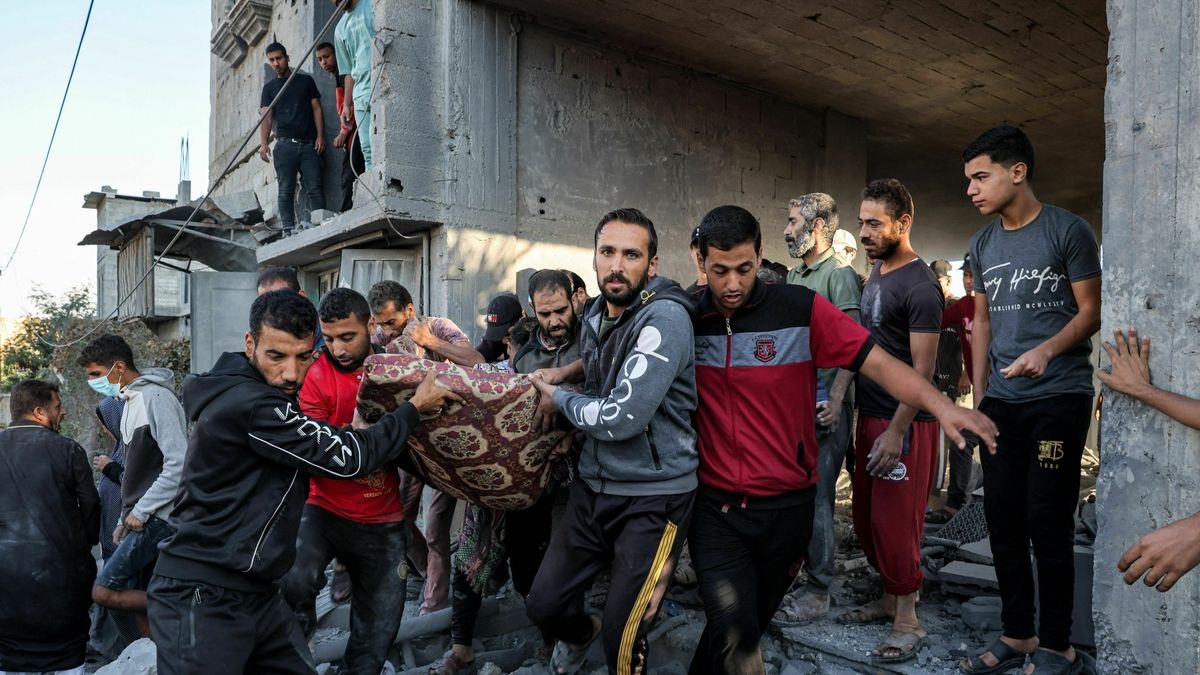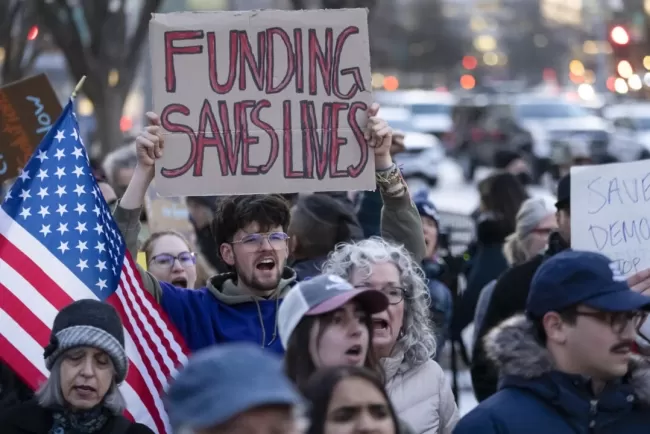Gaza Ceasefire Holds Amid Ongoing Tensions
The current ceasefire in Gaza faces increasing scrutiny as recent developments raise concerns about its sustainability. Following a hostage exchange, the situation remains precarious, with both sides questioning the terms of the agreement. This article explores the implications of these exchanges and the role of international mediators in the ongoing conflict.

The fragile peace in Gaza has been shaken by a recent series of events. Hamas has released three Israeli hostages, a move that came alongside the release of over 300 Palestinian prisoners from Israeli custody. While this exchange brought some relief to families on both sides, it has also highlighted the tenuous nature of the ceasefire, with fears of a potential collapse looming.
Hostage Exchange Dynamics
The release of the hostages—Sagui Deelen, Sasha Trofanov, and ER Horn—was celebrated by the Israeli public, especially as images of reunions with family members circulated. However, the disparity in the number of individuals exchanged raises questions about fairness and the potential for future negotiations. Israel's release of 369 Palestinians, many of whom were detained on terrorism-related charges, demonstrates a willingness to engage in dialogue but also points to the complexities of trust between the parties involved.
Hamas has made it clear that they expect the United States to enforce the ceasefire agreement, demanding further releases of hostages as part of the negotiations. This request underscores the fragile relationship between the two sides, which has been marred by accusations of violations and distrust.
International Mediation and Proposed Solutions
Amid these developments, former U.S. President Donald Trump’s recent commentary on the future of Gaza has sparked debate. His vision of transforming Gaza into a “Riviera of the Middle East,” alongside proposals for the relocation of Palestinians, has met with skepticism from regional powers like Egypt and Jordan. This proposed plan raises concerns about the potential destabilization of these neighboring countries, which are already grappling with their own political challenges.
Saudi Arabia has emerged as a central player in the mediation efforts, with Crown Prince Mohammed bin Salman positioning the kingdom as a leading force in the region. The implications of Trump's financial ties to Saudi Arabia further complicate the situation, as the kingdom's role could significantly influence the outcomes of peace talks.
Outlook for Lasting Peace
The path to a sustainable resolution in Gaza is complex. Experts suggest that the idea of relocating Palestinians could lead to increased tensions and instability in the region. With Qatar's financial support for Hamas and its historical involvement in the conflict, the dynamics become even more intricate.
The ongoing cycle of temporary ceasefires followed by renewed violence reflects the deep-rooted issues at play. The international community faces a challenging task in balancing the interests of various stakeholders while finding a viable solution that addresses the underlying causes of the conflict.
Conclusion
As the situation in Gaza evolves, the international community must remain vigilant. The recent hostage exchanges and ongoing negotiations highlight the delicate nature of the ceasefire and the potential for escalation. With influential figures like Donald Trump and regional leaders navigating these turbulent waters, the future of Gaza hangs in the balance. A comprehensive and enduring peace will require concerted efforts from all parties involved, along with a commitment to addressing the complexities that have long plagued the region.
What's Your Reaction?















